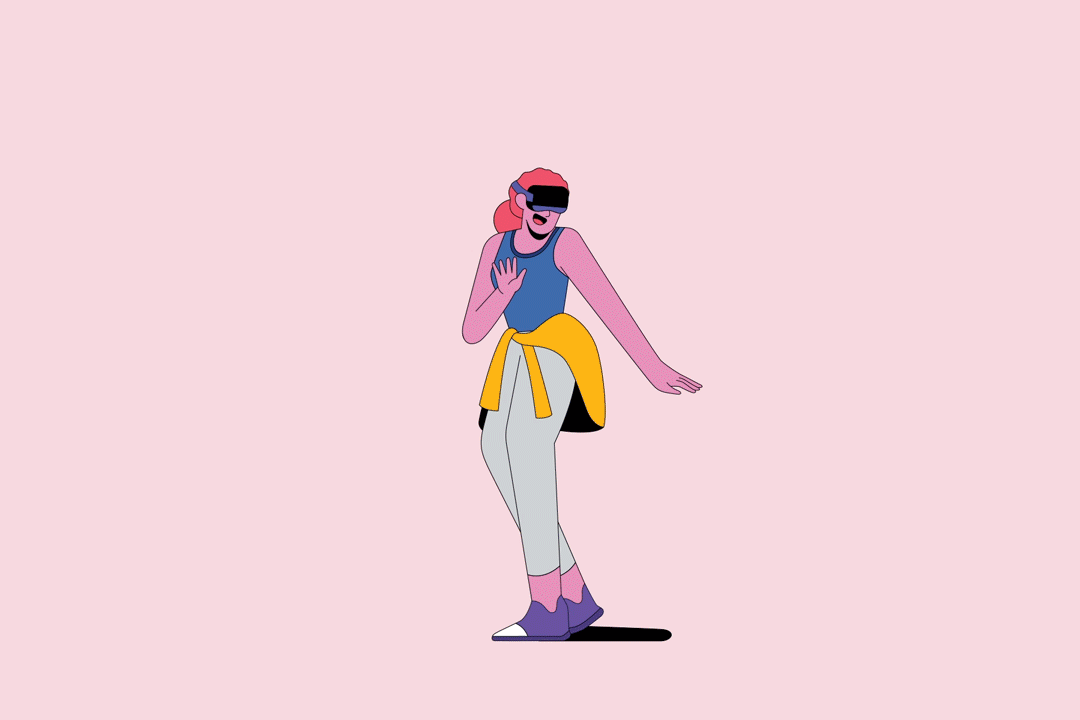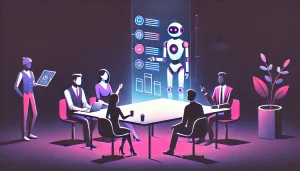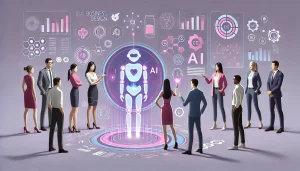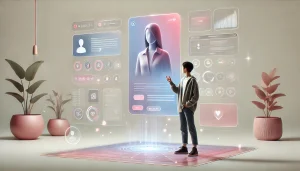
With the rapid advancements in technology happening every day, great inventions are bound to happen, and the pandemic only accelerated this process. We are witnessing the beginning of an unbreakable digital era where physical reality will merge with the digital world to give us seamless experiences.
Advancement in technology also means growth in the field of Design. Future designers will have to work with new responsibilities and challenges to bring these experiences to the end-users.
When people talk about innovation in this decade, they really mean design. — Bruce Nussbaum
Augmented Reality, Virtual Reality, and Design Opportunities.

In the post-COVID world businesses and consumers are seeking alternatives to in-person gatherings and ultimately 3D technologies like AR, VR and embedded sensors are dramatically expanding virtual collaborations and gatherings.
Augmented Reality and Design
Virtual Reality and Design
Virtual reality is a simulated experience that can be similar to or completely different from the real world. In this simulated artificial environment, the user can have a realistic-feeling experience.
Great VR experiences come when designs are made with a first-person perspective in mind.
A designer’s ultimate goal while designing for VR experiences is to isolate users from the physical world as much as possible and give them a sense of – Total Escapism. To design for VR one must focus on the user’s needs, psychology, likes and dislikes, etc. The other major focus points also include:
- Freedom To Explore: Ensuring that the user has enough room and space to explore the experience.
- Believability: The audio-visual features should be incorporated in such a way that the user is completely engulfed in the experience.
- Freedom To Interact: Designs should be intuitive. The actions, even though in a virtual space should have the feel and match the real world.

Some Thrilling Uses of Virtual Reality Across Multiple Domains
- Virtual Reality for Mental Health: VR Exposure Therapy is fast becoming a primary treatment method for patients who suffer from PTSD, anxiety, and phobias. The users can come in contact with their fears within a virtually safe environment and work on their coping mechanisms.
- Virtual Reality in Education: VR has been a great resource for the education sector in these times of the pandemic. Students can interact with each other through the virtual experiences created for them, along with taking virtual trips to museums, parks, and even solar systems.
- Virtual Reality in Fashion and Retail: VR is becoming a fast trend in the fashion sector with brands like Tommy Hilfiger, Coach, and Gap implementing them in their business to offer the customers a full-circle experience of fashion shows and give them the freedom to try on clothes virtually.

Designs up until now were mostly confined to dimensions and boxes but that is changing now. Designs of the future are breaking all barriers and floating free in the space around us. But as it is rightly said- with great power comes great responsibility, the design foundation that gets laid now, will impact millions of lives shortly.
Though created for Virtual Reality, the importance of human emotions in the design will increase tremendously. Ultimately leading the future to human-centered designs where innovations will start by getting closer to the users and their emotions.







